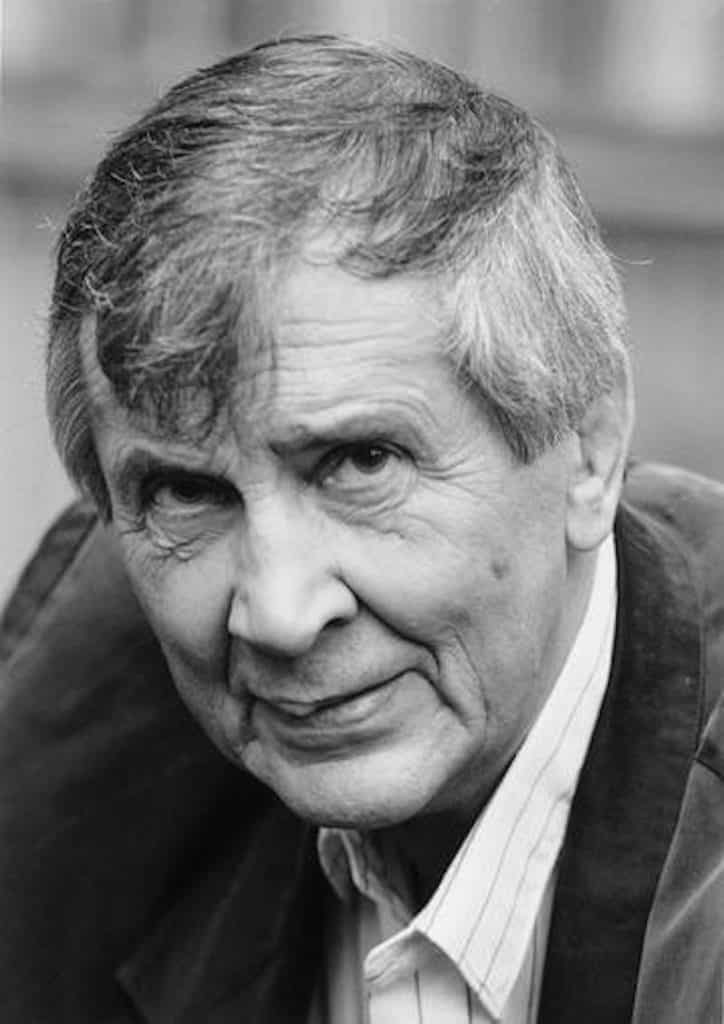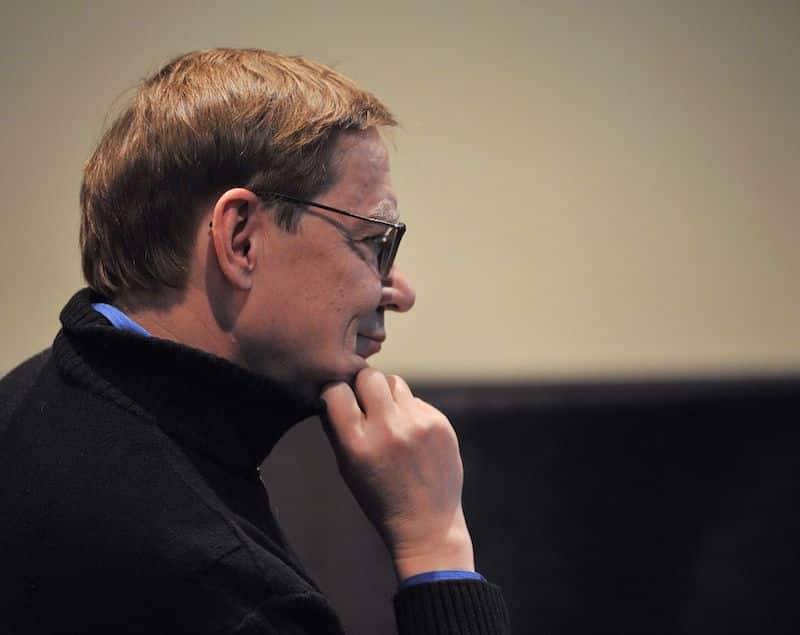Finnish composers are a special breed. They’re not as well known as other European countries, but they’ve produced some of the most talented and influential musicians in history. While most people have probably heard of Sibelius, we’d be surprised if you could name any other famous Finnish composers.
So to remedy that, in this post, we’re going to cover 11 of the greatest Finnish composers you should know to help you learn a bit more about their amazing classical music scene. Let’s get started!
1. Jean Sibelius
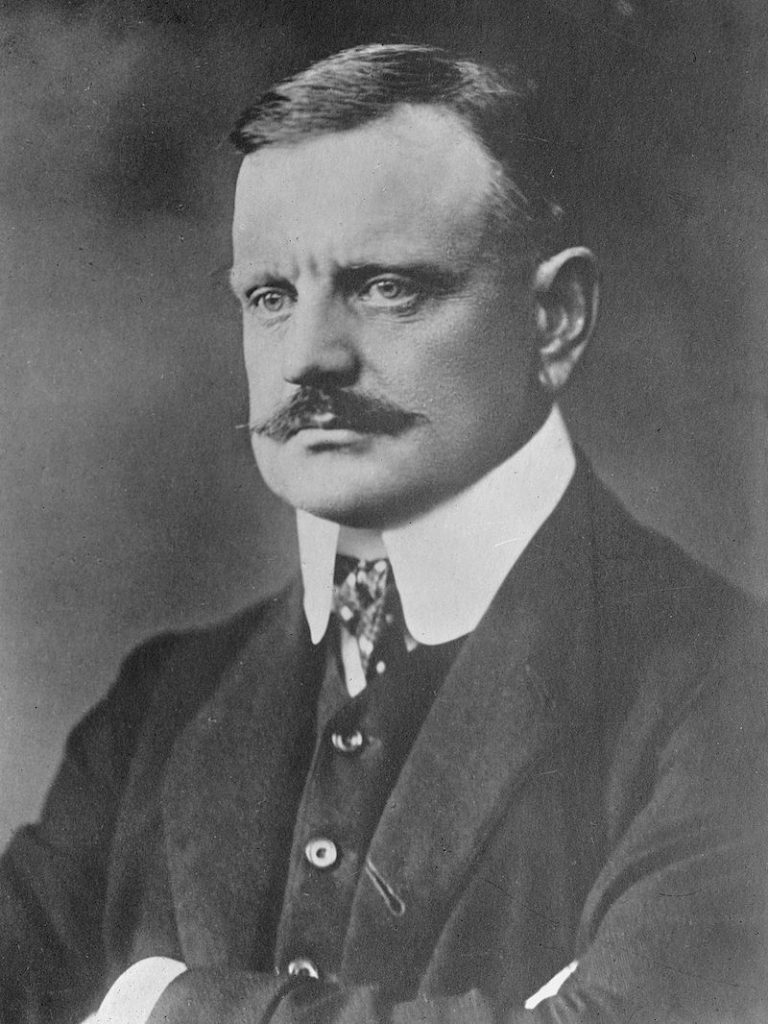
Born on December 8, 1865, Jean Sibelius was a Finnish composer who spent his childhood surrounded by music.
At a young age, he developed quite impressive skills as a musician and composer. It is believed that “Vattendroppar” for violin and cello is his first surviving composition, written when he was just around the age of 10.
Later on, he moved to Helsinki to study law and music, splitting his time between the two studies. It didn’t take long for this avid music-lover to drop his law studies and focus on his composition studies full-time.
One of his best-known works is the tone poem “Finlandia.” Other famous pieces of his include Symphony No. 5, String Quartet in D minor, and Karelia Suite. Sibelius lived until the age of 91 when he died on September 20, 1957, of a brain hemorrhage.
2. Bernhard Crusell
Next is Bernhard Henrik Crusell, born in 1775, in Uusikaupunki, Finland, which was part of Sweden at the time. Showing an aptitude for music from an early age, he later moved to Sveaborg for further training. It was here that Crusell first picked up the clarinet, an instrument that would become synonymous with his name.
In 1791, he went to Stockholm where he joined the Hovkapellet, the Swedish court orchestra, as principal clarinetist. During this period, he also studied composition and honed his craft.
As a composer, Crusell wrote primarily for the clarinet, contributing significantly to the clarinet repertoire. Noteworthy is his Clarinet Concerto in E-flat Major, op. 1. Crusell’s compositions paved the way for the clarinet to be seen as a solo instrument, and his innovative use of the instrument continues to inspire composers today.
3. Kaija Saariaho
Unlike many of the great composers we recognize from around the world today, Kaija Saariaho is still in the middle of her successful career.
This Finnish composer was born in Helsinki in 1952 and studied at the Sibelius Academy. After completing her time under modernist Paavo Heininen, she continued to study in Freiburg and later at the IRCAM research institute in Paris.
Since her studies, Saariaho has lived and spent most of her time in Paris where she frequently practices computer-assisted composition and works seamlessly with tap and live electronics, as seen by her works “Verblendungen,” “Du Cristal,” and “a la Fumee.”
In addition to her orchestral pieces, Saariaho has also worked in opera and other vocal realms with great success. During her career, Saariaho has earned several composing awards and has served as an esteemed judge for others.
4. Esa-Pekka Salonen
Next is Esa-Pekka Salonen, another Helsinki-born Finnish composer who studied music and composition at great lengths. He is widely recognized as one of the most influential figures in contemporary classical music.
As a conductor, Salonen gained international recognition after his successful debut with the Philharmonia Orchestra in London in 1983. However, he is perhaps best known for his tenure as Music Director of the Los Angeles Philharmonic.
In addition to his conducting career, Salonen is also a prolific composer. His works span a wide range of genres, including orchestral, chamber, and vocal music. His notable compositions include “LA Variations,” “Violin Concerto,” and “Nyx.”
Salonen’s Violin Concerto is particularly noteworthy. It was awarded the prestigious Grawemeyer Award for Music Composition in 2012. Today, Esa-Pekka Salonen continues to shape the world of classical music as both a composer and conductor.
5. Einojuhani Rautavaara
Born in 1928, Einojuhani Rautavaara is considered by many as the leading Finnish composer of his time. He adopted a style combining modernism with mystical romanticism and created a widespread series of orchestral works during his career.
Rautavaara grew up surrounded by music as a child and learned to play the piano as a result. Like many other Finnish composers, he eventually attended the Sibelius Academy, studying under Aarre Merikanto.
His compositions covered a wide range of styles, from serialism to mysticism and romanticism. One of his most famous compositions is “Cantus Arcticus,” also known as “Concerto for Birds and Orchestra.” This piece uses taped bird songs, combined with orchestral accompaniment, creating a unique blend of natural and composed elements.
Rautavaara passed away in 2016, leaving behind a rich body of work that continues to be celebrated for its originality and emotional depth.
6. Kalevi Aho
The academic teacher and composer Kalevi Aho was born in 1949, in Forssa, Finland. He began studying music theory at the Sibelius Academy in Helsinki in 1969. There, he studied composition under the guidance of Einojuhani Rautavaara, who would have a significant influence on his musical style.
Aho’s work spans a wide range of genres, including symphonies, concertos, operas, chamber music, and solo instrumental works. Though rooted in the tradition of late Romanticism, his music often incorporates elements of modernism and postmodernism.
One of Aho’s most significant contributions to contemporary classical music is his series of symphonies. To date, he has composed 17 symphonies. His Symphony No. 1, written while he was still a student, showcases his early style, while his later symphonies, such as Symphony No. 12 (Luosto) and Symphony No. 17 (Textures), demonstrate his evolving approach to orchestration and form.
7. Aulis Sallinen
For the breadth of his work and his significant contributions to Finnish classical music, Aulis Sallinen is a Finnish contemporary classical music composer who was born in early 1935.
He learned to play violin and piano, spending much of his early years exploring jazz and classical music. He began his serious music career by studying at the Sibelius Academy, where he later took a composition teacher position.
Sallinen held several other musical positions throughout his lifetime, including the Finnish Radio Symphony Orchestra manager and chairman of the Society of Finnish Composers.
He is most well-known for his symphonies and operas, with his most notable work being Operas Ratsumies (The Horseman) and Punainen viiva (The Red Line).
Over the course of his career, Sallinen has received numerous awards and honors, including the Wihuri Sibelius Prize in 1978 and the Finnish State Prize for Music in 1970 and 1977.
8. Erkki Melartin
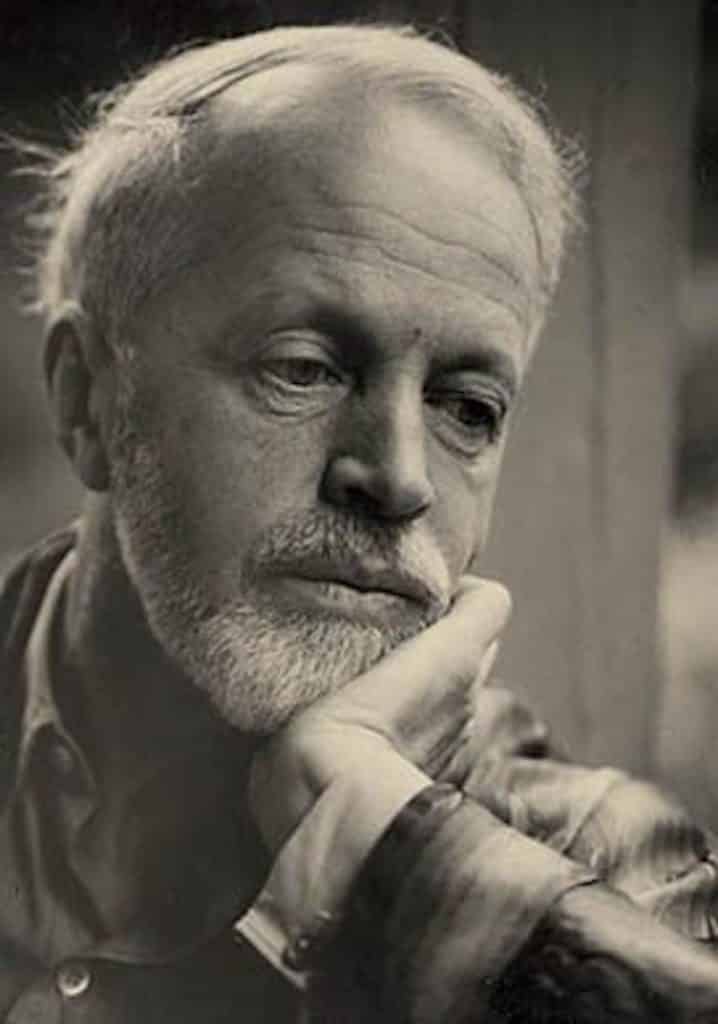
Another influential figure in Finnish classical music is Erkki Melartin. Born in 1875, he made significant contributions to the development of symphonic music in Finland in the early 20th century.
In his early life, he was a student of Martin Wegelius in Helsinki and later learned under Robert Fuchs in Vienna. He mainly spent his time composing music, but Melartin also taught and directed music while serving as a professor at the Helsinki Music College.
As a composer, Melartin was incredibly prolific, composing over 200 works across various genres. His creative process often drew inspiration from nature, literature, and Finnish folklore. This is particularly evident in his ballet music, such as “Sleeping Beauty,” which incorporates elements of Finnish folk music and reflects his interest in national identity.
Despite his significant contributions, Melartin’s music was somewhat overshadowed by that of his contemporary, Jean Sibelius. However, in recent years there has been a resurgence of interest in Melartin’s work.
9. Magnus Lindberg
Born in 1958 in Helsinki, Finland, Magnus Lindberg has been a leading figure in the world of contemporary music since the late 20th century.
He studied at the Sibelius Academy, where he developed his skills under the guidance of influential figures like Einojuhani Rautavaara and Paavo Heininen. After his graduation, Lindberg traveled across Europe for private studies with various teachers and even went as far as to observe Japanese drumming and punk rock.
Lindberg often draws on modernist techniques, but his music also reflects a deep understanding of the classical tradition. This blend of old and new gives his work a distinctive voice in contemporary music.
One of Lindberg’s most significant works is “Kraft,” a large-scale piece for orchestra and soloists. The work earned him international acclaim and established him as one of the leading composers of his generation.
10. Uuno Klami
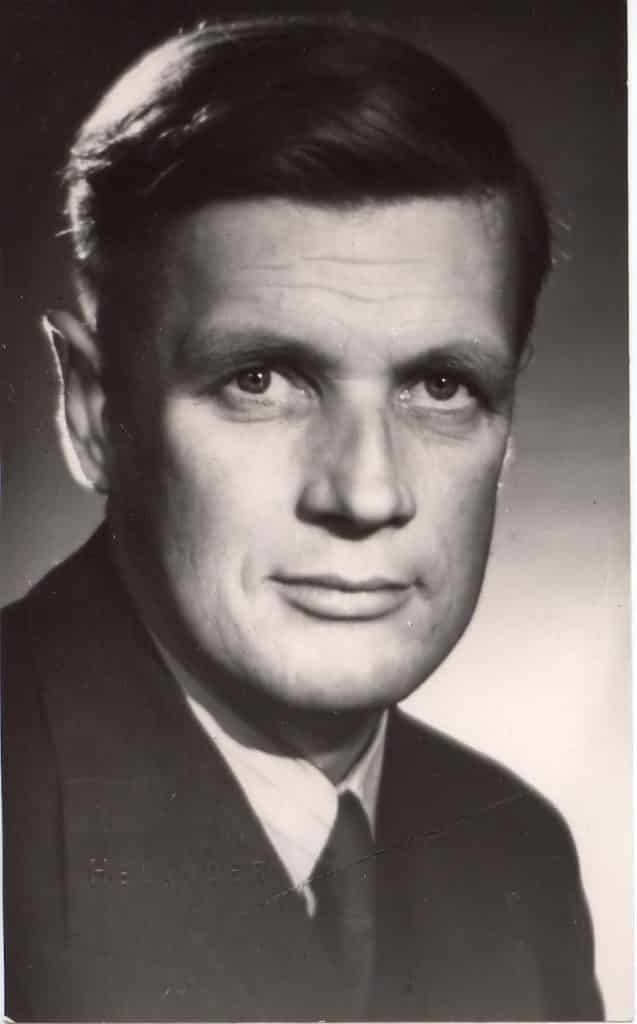
Next, we have Uuno Klami, who was born in 1900, in Virolahti, Finland, and was a composer during the modern period. Much of Klami’s influence came from both French and Spanish music, and his fame was apparent during the generation after that of Jean Sibelius.
Although he followed shortly after Sibelius, it was French composer and pianist Maurice Ravel whom he admired.
Klami studied in Helsinki, Paris, and Vienna and put on his first composition concert in 1928 with “Karelian Rhapsody.” This piece brought him a lot of attention, and he continued to compose and experiment with the symphonic form.
Klami became quite the master of miniature orchestral works and was eventually granted lifetime income from the government, thanks to the recommendation of Sibelius. Unfortunately, Klami’s career was cut short due to a heart attack at age 60.
11. Toivo Kuula
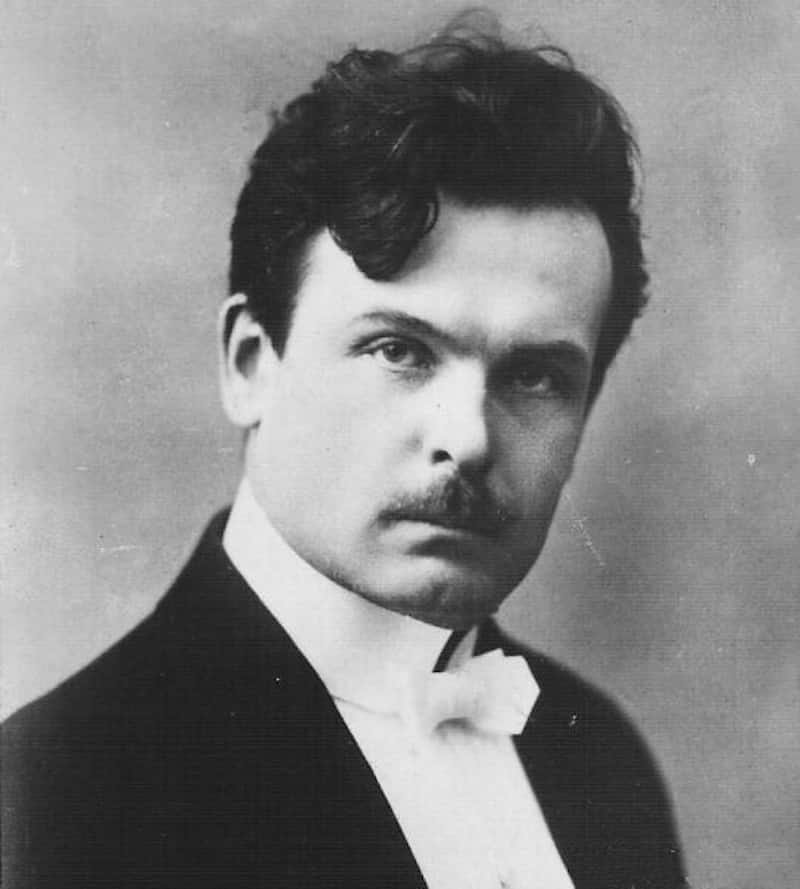
We close this list with Toivo Kuula, born in 1883, in Alavus, Finland. Showing an early affinity for music, he studied at the Helsinki Music Institute (now the Sibelius Academy) and later in Italy and Germany. These experiences exposed him to a broad range of musical influences and helped shape his compositional style.
A major part of Kuula’s oeuvre consists of his songs, which are often characterized by their deep emotionality and their use of Finnish folk melodies. His most famous song, “Tuijotin tulehen kauan” (I Stared into the Fire for a Long Time), is a poignant exploration of love and loss that showcases his ability to convey deep emotions through music.
His promising career was cut short when he was tragically killed in a fight at a dance in 1918. He suffered a gunshot wound, which is ironic, considering his name Kuula means “bullet” in Finnish.
Summing Up Our List Of Famous Finnish Composers
That’s it for our post on Finnish composers. We hope it helped you to explore some more of the amazing composers who’ve called Finland home.
Whether you’re a long-time fan of Finnish music or just feeding your curiosity, we hope this post has given you a deeper appreciation for the country’s musical heritage.
Let us know if there’s anyone you think we’ve missed and we’ll add them to our list. Happy listening!

